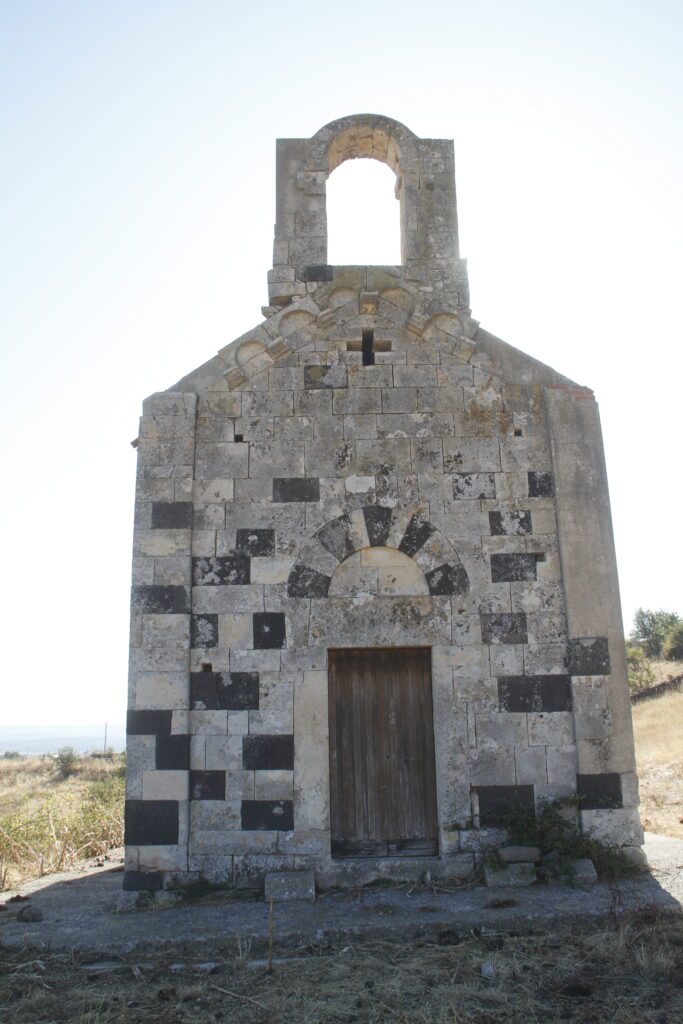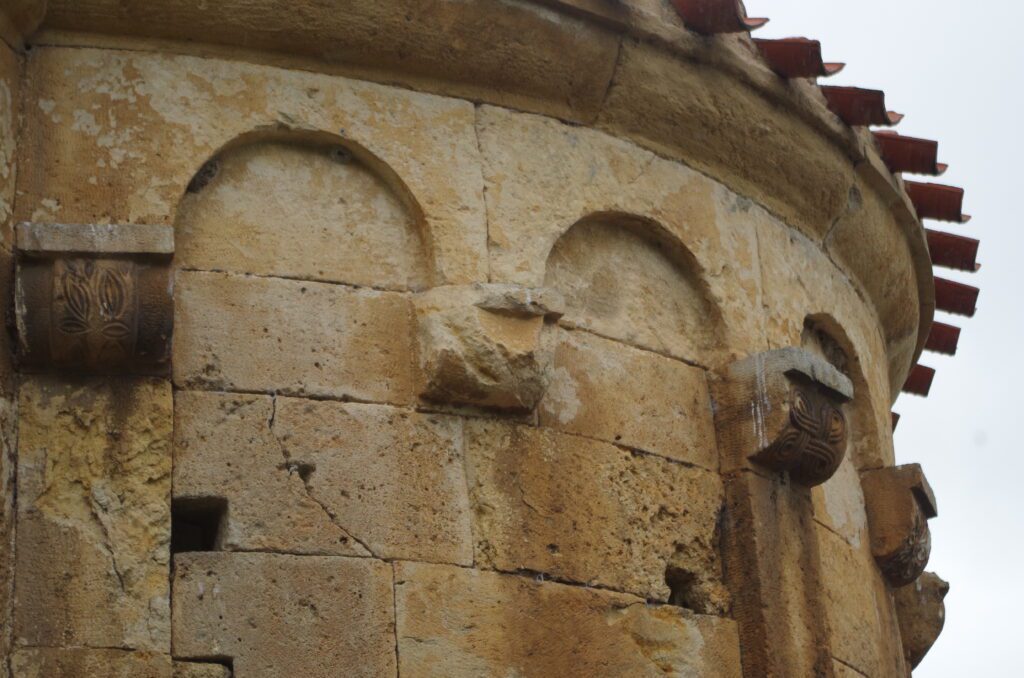Chiesa di San Lorenzo di Rebeccu
Chiesa di San Lorenzo di Rebeccu
Among the hills of Bonorva stands the church of San Lorenzo, a small jewel that captures the essence of Sardinian Romanesque architecture. Built in the second half of the 12th century, this church is distinguished by its elegant simplicity and skilful use of local materials.
The structure, made of a combination of limestone and basalt ashlars, not only lends the building an austere beauty, but also testifies to the skills of the medieval workers in the use of local resources. This choice of materials creates a subtle play of colour contrasts, anticipating the two-colour scheme that would become a distinctive feature of many Sardinian Romanesque churches.
The architectural layout of San Lorenzo is characterised by a single nave, a common solution in rural churches of the time, which effectively responds to the liturgical needs of the local community. The apse, facing east according to Christian tradition, creates a visual and spiritual focus within the sacred space.
The church façade, despite its simplicity, presents elements of considerable interest. The bell gable, typical of Sardinian ecclesiastical architecture, not only fulfils the practical function of housing the bells, but also adds verticality and dynamism to the building's profile. The architraved portal, in its essentiality, acts as a symbolic threshold between the profane world and the sacred space.
The history of San Lorenzo has not been without its challenges. In the 19th century, the building suffered some demolitions that compromised its integrity. However, thanks to a careful restoration carried out in 1982, it was possible to recover part of its former splendour. This restoration not only preserved an important cultural heritage, but also allowed subsequent generations to appreciate the beauty and historical significance of this church.
San Lorenzo di Bonorva thus stands as an eloquent example of rural Romanesque architecture in Sardinia. Its survival through the centuries, despite adversity, testifies to the importance of this small church for the local community. Today, immersed in the hilly landscape of Bonorva, it continues to tell, through its stones, the rich history of the island and the evolution of sacred art in Sardinia.














































